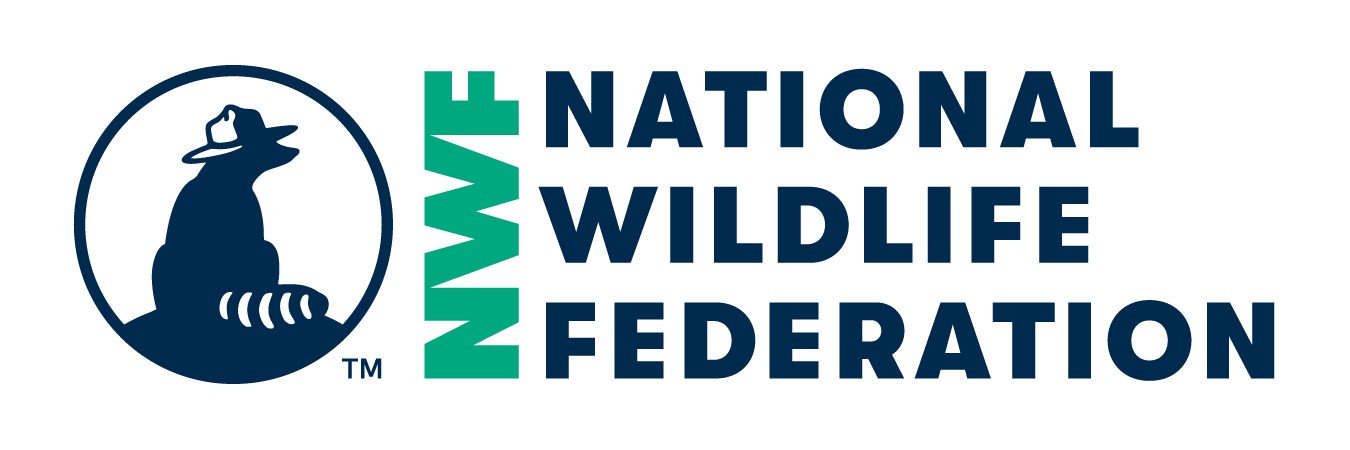Plastic Pollution in Barnegat Bay: Adverse Effects on Wildlife
https://www.nwfecoleaders.org/forms/item/58/857
If other:
1. Where is the biggest impact of this project?
Campus, Community
If other:
2. What were the goals for your project?
How much plastic waste is found within the bay? How does this affect the organisms? Are some more affected than others? Does seasons affect the amount of plastic?
3. What strategy did you use?
Communications/Marketing, Research
If other:
4. Did you accomplish the goals you set for this project? Please explain.
Yes, and also no at the same time, but I am very proud of this project. In conclusion I found there is not enough substantial data to support any claims about the source and exact quantity of plastics in Barnegat Bay. Data from this study provided evidence to support that there is a concerning degree of plastic accumulation in the bay. There is not enough data to support evidence that seasonality affects it. In the statistical analysis, data does support an indication that plastic accumulation and rainfall may be correlated to a degree. But, there are likely not enough data points to say conclusively if this is an assured relationship. Much of these results are likely due to COVID-19, there were large lapses in the data collected as well as a change in methods used. The Plastic Wave Project is aware of the issue in the collected data and is attempting to mediate this issue by lengthening this project to collect more data points.
5. Choose your impact measure type.
Pounds of recycling increased
What were the measurable outcomes of your project?
There is no quantifiable number of impact, but I will say myself and the volunteers at the non profit I was working closely with collected arguably, a lot, of plastic off the NJ shore. I was able to quantify the number of people who viewed the infographic series that went along with these project which I estimate was in the low hundreds.
6. When did you begin and complete your project?
I began this project in the Fall of 2021 and completed it in Spring of 2022 taking a total of two semesters to complete.
7. What was challenging about your project and how did you respond?
By far the most challenging part of this project was the fact that the data was questionable at times with lapses of data. Unfortunately, the pandemic created a lot of issues with the collection of data which started years before I came through and did this project. My response was to go through with this project and maneuver the data in a way where the holes were not harmful to the results. Although, because of this I think this made my results less conclusive.
8. Which groups were involved in this project? Students, faculty, staff or community groups?
I worked with two professors Dr Migliano and Bickford as well as the Plastic Wave Project. I also regularly reached out to fellow students to proof read and give advice on my project.
9. Was your project funded? If so, how?
This project was not funded and the data collection was done by volunteers.
10. How did you communicate about this project and educate the broader campus and/or community?
To communicate my project I created a series of 4 infographics that in a way sums up my project. I printed these out and passed them to the local community around Barnegat Bay.
11. How have you evaluated your project?
Group reflection, Individual reflection, Scientific assessment, Statistical analysis and review
If other, please describe:
12. What did you do after your reviewed your project?
Revised goals, Stopped the project
If other, please describe:
13. What was the biggest or best thing you learned from your project?
The biggest thing I learned from this project is that we need more projects like this! I concluded "In order to maintain Barnegat Bay's ecosystem and stop the effects of plastic waste before it is transparent there is a problem, more research should be done. The methods outlined above can be replicated in any given shoreline. By following these procedures closely and continuing to collect over the span of more years a more complete compilation of data can be analyzed with perhaps more conclusive results".
14. What advice would you give to others working on a similar project?
The advice I would give would to be sure to have the best methods and not to bet on citizen science quite as much as myself and the non profit I worked with. Unfortunately when working with people who are not trained in the scientific method I think this can create a little bit of an issue in the collection of data.
15. Based on your response above, what are your future plans for this project? And are there resources (people, financial, etc.) available to sustain it?
Although I will no longer continue working on the research of this project I will continue to collect data to submit to the Plastic Wave Project so they can continue their mission. The Plastic Wave Project is a successful non profit so they do have the resources to continue to sustain it and collect data for years to come.
Category ARCHIVED | PROJECT CERTIFICATION
Form Details
Average Rating:
Date Added: Oct 2, 2022
Date Last Modified: Oct 3, 2022







Project Feedback